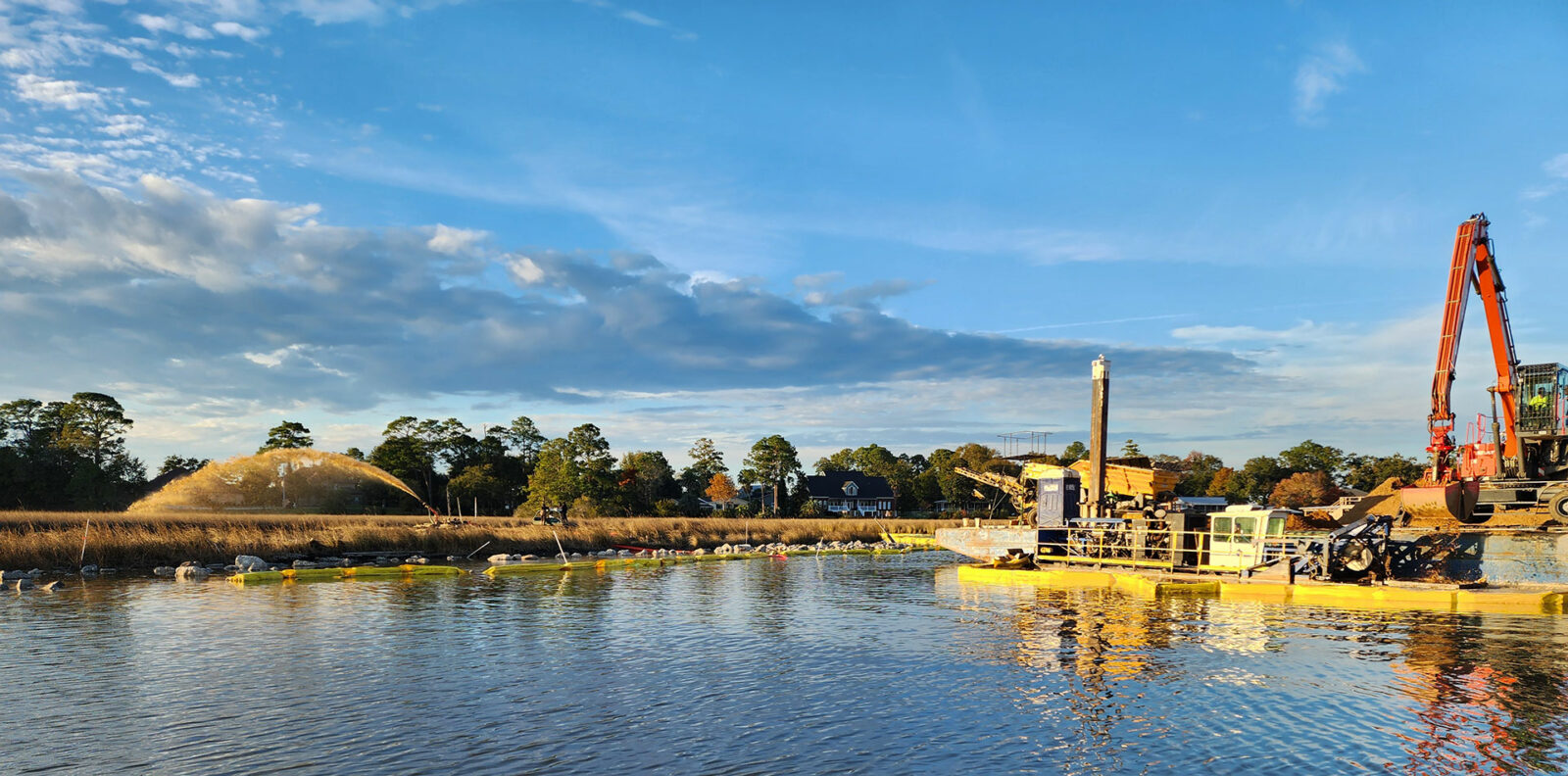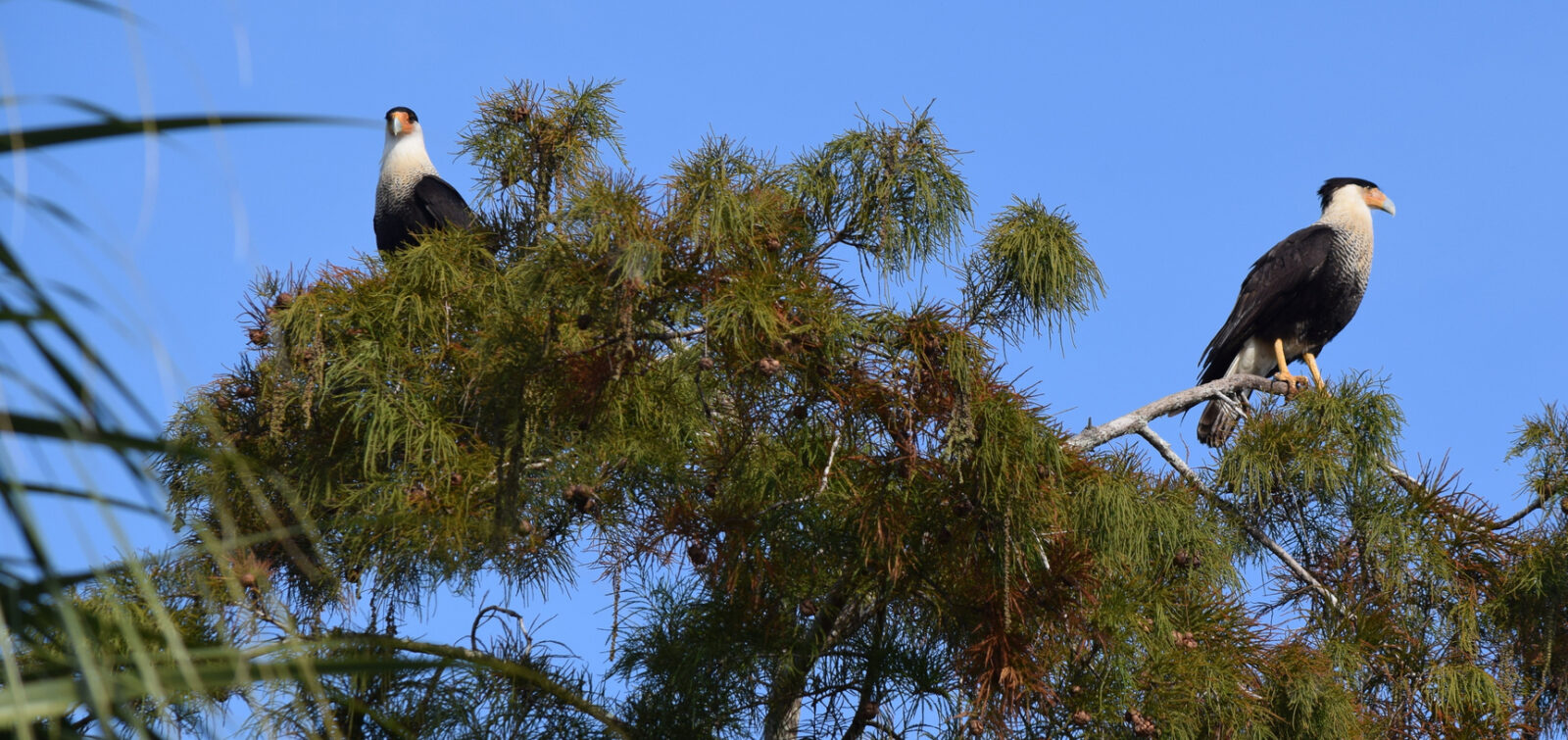For much of the Western United States, wildfires have become an ever-present reality that we need to plan for and contend with. More than a century of fire suppression has led to overstocked and overcrowded forests. This situation, especially when coupled with development continuing to move closer to these areas, greatly increases the possibility of disaster.
Cities, counties, agencies, institutions, and residents alike need to prepare for a hotter, drier future. Leveraging their different scientific backgrounds and approaches, technical experts at Environmental Science Associates (ESA) are doing just this, working to help clients manage wildfire impacts on the environment, people, and buildings.
Forest Resilience Planning
In preparing for future wildfire risk, vegetation management plays an important role. With backgrounds in biology, urban forestry, and climate resilience, ESA experts conduct in-depth assessments of forested areas, with the ultimate goal of understanding future risks and recommending actions that can mitigate impacts. In our communities, we work with a multitude of land managers, including cities, counties, utilities, federal agencies, and private and public landowners, to support them with actionable data. This data informs the decision-making process to better benefit the short- and long-term management of forests that make up our shared environment.
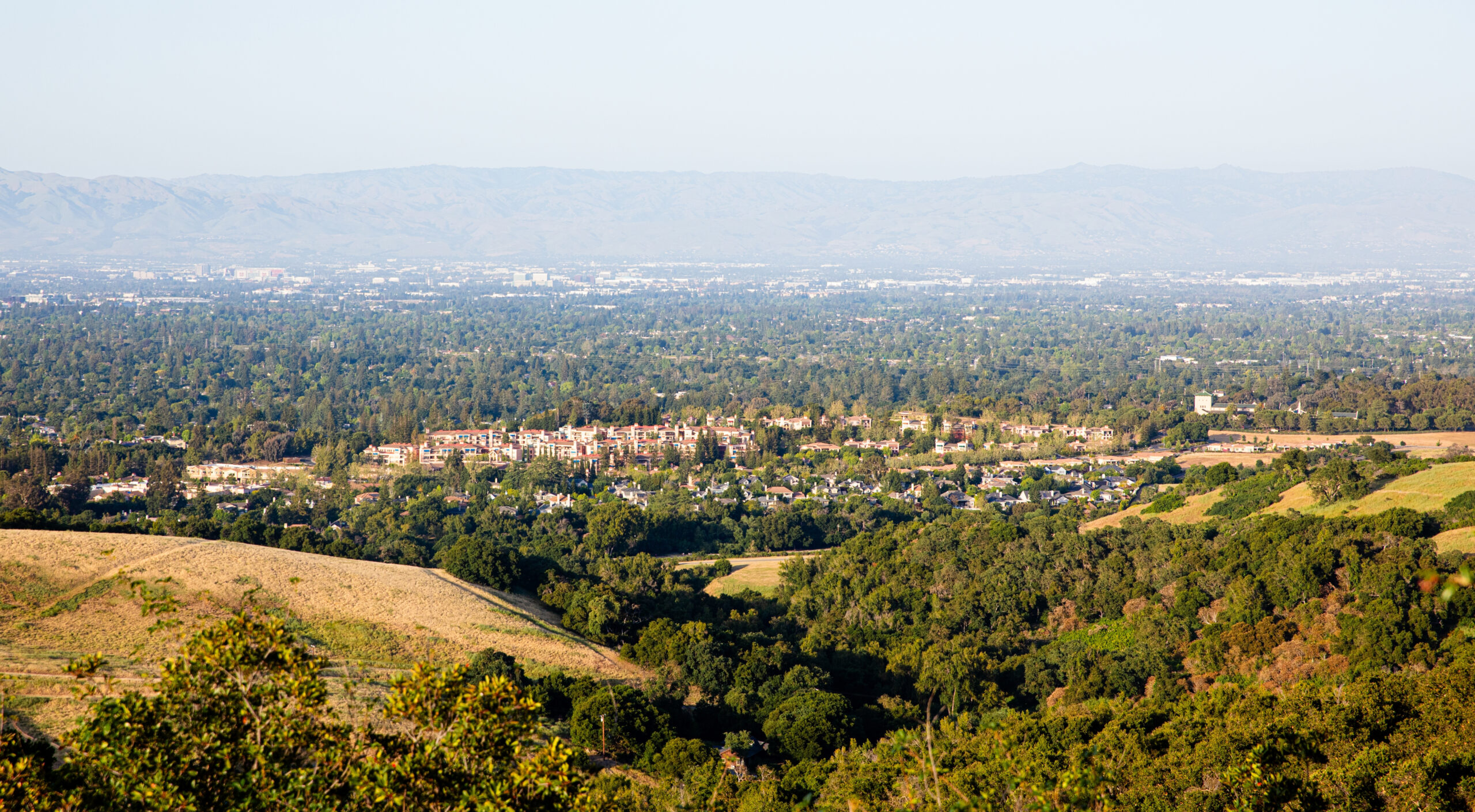
These assessments include studies of non-native tree stands, referring to a contiguous area containing a number of trees that are relatively homogenous or have a common set of characteristics, as well as the enhancement of existing tree stands with preference for desirable species (e.g., native species likely to remain resilient in a changing climate). Our expertise extends to tree inventory data collection, drought stress evaluations, invasive pest presence surveys and infestation monitoring, hazardous tree evaluations and mitigation, wildfire fuels reduction, wildfire damage severity assessments, and wildfire impacts and vulnerability assessments given climate-driven changes in conditions.
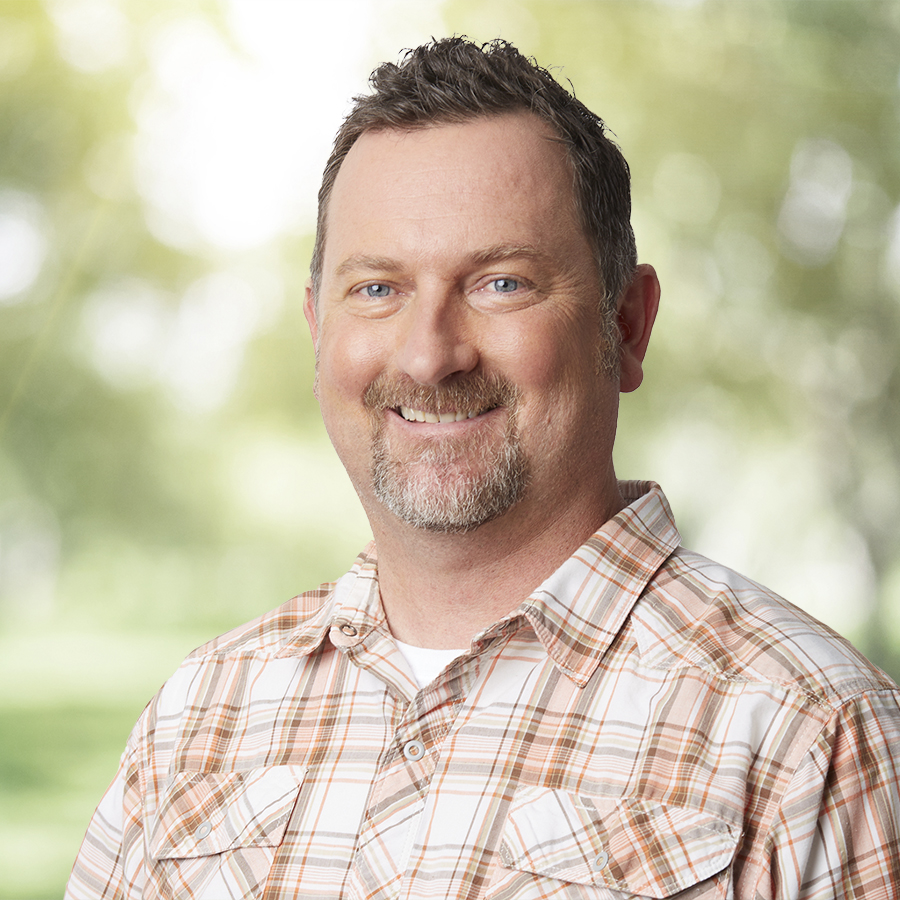
“As climate change continues to cause higher global and regional temperatures, it is crucial that our clients have data to inform their decision-making process.”
Ryan Gilmore, Principal Biologist and Urban Forester
“We are seeing unprecedented changes to the health of our native and urban forests throughout California and the greater Western United States, including wide-scale death of native and urban woodlands due to drought, wildfire, and invasive pest infestations,” says Principal Biologist and Urban Forester Ryan Gilmore. “This directly results in hazardous conditions of high wildfire fuel loads and individual tree failures that can cause property damage and personal injury. The real-time data we generate allows our clients to achieve their goals for managing climate- and wildfire-resilient forests, which is vital to heading off greater calamity to our forests for future generations to come.”
Case Study
ESA prepared a Non-Native Tree Stand Study (Study) for a confidential client in Northern California. Identifying an approximate total of 1,560 trees located within 91 distinct non-native tree stands, the Study collected comprehensive survey data and assessed the overall health of each tree. Observations included damage caused by pathogens or insects, potential tree hazards, presence of native vegetation, considerations for native vegetation restoration replacement, and understory conditions. This data allowed the team to make recommendations for the phased removal of non-native tree stands ranking from fair to very poor health, as well as recommending a native tree planting and restoration program to expand and enhance existing native woodlands. These actions will greatly contribute to protection from future wildfire risk in the area.
Community Wildfire Protection Planning
Many cities and counties are currently in the process of updating their Community Wildfire Protection Plans (CWPPs) to best manage wildfires and subsequent impacts on public and private structures, water supply, natural resources, and the public health of their communities. Once a CWPP is in place, it can help secure grant funding for projects as well as shift community culture toward preparedness and prevention rather than response and recovery.
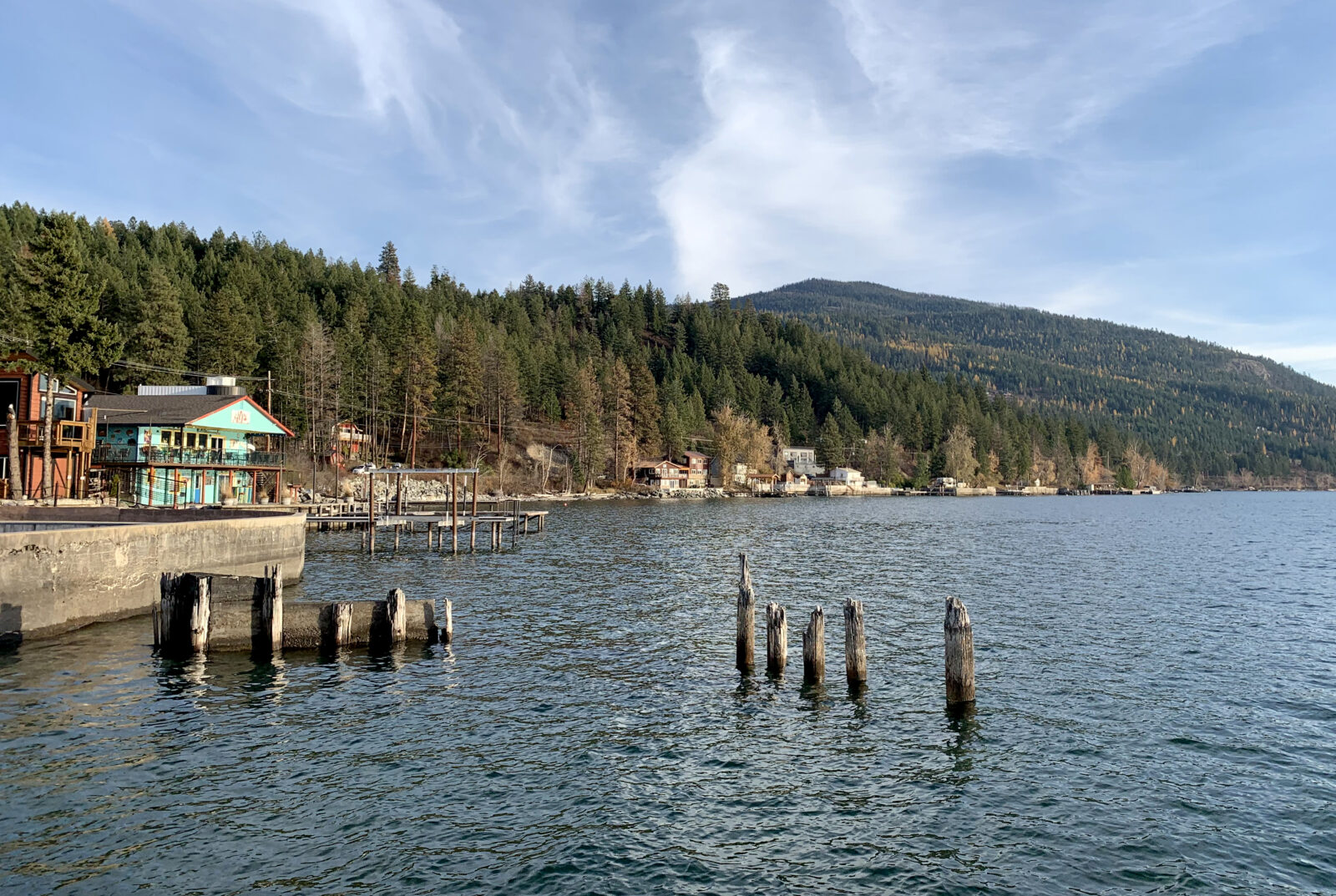
First identified in the 2003 national Healthy Forests Restoration Act, CWPPs must meet three minimum requirements:
- Demonstrate collaboration between local and state agencies, in consultation with other interested parties.
- Identify and prioritize hazardous fuel reduction treatments.
- Recommend strategies to reduce the ignitability of structures.
Case Study
Combining expertise in land management issues (e.g., wildfire, ecology, climate change, and water), planning, and public engagement, ESA facilitated the preparation of an updated CWPP for Lake County, Montana. This was a collaborative process using input from local, tribal, state, and federal agencies, as well as landowners, residents, and community-based groups. The CWPP includes an updated Wildland Urban Interface definition for Lake County, defining areas where people and structures interface with forested vegetation and wildfire hazards. The comprehensive plan also outlines strategies for vegetation management, implementing public outreach and education programs for homeowners, establishing safe and effective fire response capacity, and identifying fire risk reduction projects.

“CWPPs are really powerful tools to advance collaborative efforts toward wildfire risk reduction.”
Rachel Gregg, Senior Conservation Planner
“The process of creating a CWPP—in addition to the plan itself—allows for much needed conversations between land managers, fire personnel, and residents to discuss specific locations and values at risk from wildfires, and the important role that each group plays in fire prevention and response,” says Senior Conservation Planner Rachel Gregg.
Litigation Support
In addition to mitigating risks from future wildfires, ESA has developed extensive expertise in assessing environmental damages associated with wildfires in California. This includes providing expert analysis, reporting, mediation support, and trial testimony in cases involving wildfire-related losses to trees, vegetation, landscaping, and timber. Claimants include timber companies, private land holders, and governmental agencies.

Properly assessing damages first involves analyzing publicly available data, such as aerial and satellite photographs, burn severity data, soil data, vegetation mapping, scientific literature relating to response of burned habitats, and other pertinent information. This is coupled with a field work component to assess how an individual property was impacted. Finally, ESA’s scientists develop recommendations for restoration approaches and a cost estimate. Field work is developed around the needs of a specific case and can include brief qualitative observations and/or detailed science-based sampling. Some cases involve application of detailed projections of post-fire recovery by species or habitat, and economic models for valuing recovered resources at various points in time.

“Burned property assessments are developed with an understanding of the specific impacts and natural recovery of the vegetation, considering the pre-fire use of the property.”
Tamara Klug, Senior Biologist
“We recommend reasonable restoration approaches, providing a reasonable valuation of damages for our clients.” says Senior Biologist Tamara Klug.
Conclusion
When informed by science, there are several strategies that communities can implement to best prepare for wildfire and its impacts before these disasters happen. Conversely, science can help inform how to move forward once they do. For assistance in any of these areas, contact Rachel Gregg, Tamara Klug, and Ryan Gilmore.
This is the first in a series of articles that will explore how ESA is working with clients to manage wildfire risks and impacts. Stay tuned for more.
Top image: The Elmo Fire burns through the Flathead Lake area in Montana in 2022. Photo by Shawn Morgan/Montana Department of Natural Resources and Conservation


